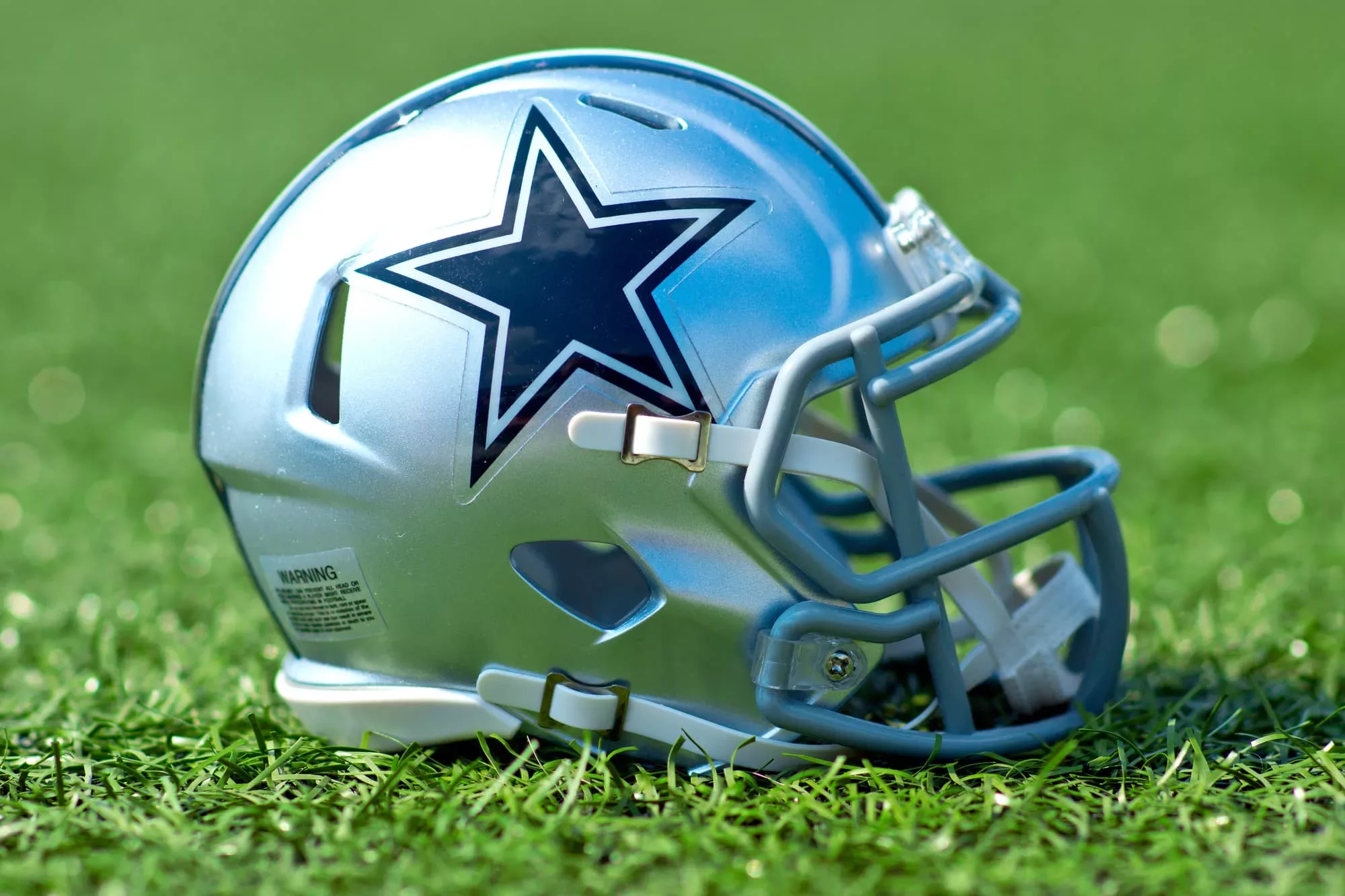ON the two occasions Saul “Canelo” Alvarez fights in a year he attracts a greater television audience in Mexico than anything or anyone else.
The 32 year old – who succeeded Floyd Mayweather as the world’s highest-profile, highest-paid and most marketable fighter – has also contributed to him doing so not simply by remaining one of the world’s finest fighters but, in recognition of the relative poverty of the Mexican population, by insisting that his fights are not showcased on pay-per-view.
When he fights John Ryder at Guadalajara’s Akron Stadium he will be fighting in his home city for the first time in 12 years. Comparisons with the fight between the great Julio Cesar Chavez and Greg Haugen at the Azteca Stadium are perhaps inevitable, but even having pushed to return to Mexico after over a decade of success in the US beyond his wildest dreams, he will not be returning as a nation’s darling like once was Chavez.
As a promising fighter in his infancy, Alvarez’s first televised fights appeared on the undercards of promotions that appeared on TV Azteca, the second most influential broadcaster in Mexico. The potential he showed, perhaps inevitably, attracted the attention of executives at the even more influential Televisa, and whether he knew it at the time, by agreeing to fight on Televisa, among some of his compatriots he undermined his popularity for evermore.
That Julio Cesar Chavez Jnr, via his association with his revered father, was the young fighter Mexicans were most willing to invest in would not have helped. That he is of the same generation as Alvarez and also had the support of TV Azteca behind him perhaps even gave the ambitious Alvarez little choice.
Inevitably, in the context of the culture of boxing and television executives, the rivalry between TV Azteca and Televisa became a rivalry between Chavez Jnr and Alvarez. With one the son of an icon and the other among the faces of an unpopular organisation considered too close for too long to an unpopular government, in every way in which Chavez Jnr was encouraged, Alvarez risked being treated with suspicion, and even contempt.
“A product of the Televisa marketing machine,” was how one local journalist in Guadalajara described the perception of the young Alvarez to Boxing News. “‘Canelo is a product of Televisa’; ‘He only chooses easy fights’,” he continued. “They don’t accept the reality [that he deserves considerably more credit than he gets].”
To be considered inauthentic in the machismo, modest culture he in so many ways continues to typify is a stain that, for all of his years of fighting the very best of opposition, has not quite disappeared. Before Chavez Jnr’s dysfunctionality became apparent the debate over which of he and Alvarez would have the greater future widely raged. Numerous Mexican fight figures – the great Juan Manuel Marquez among them – saw Chavez Jnr as the greater fit, and whether they did so out of respect for his father or because they believed that’s what others wanted to hear or even because they simply believed it, being pitched against Chavez Jnr again didn’t help.
Until his third fight with Manny Pacquiao and the perception that on that occasion the judges had denied him a deserved victory, Marquez himself didn’t win over the Mexican public in the same way as had Marco Antonio Barrera and Erik Morales. Not unlike with Alvarez he also suffered somewhat because of a dissatisfaction born of his fights not being sufficiently violent; the influence of the often deplorable WBC had also contributed; it took until the chilling stoppage of Pacquiao in their fourth fight for him to be celebrated in a similar way.
Chavez Jnr’s career never got greater than the night in June 2012 when he stopped the respected and heavy-handed Andy Lee. Alvarez, four years his junior, had just then outpointed the declining Shane Mosley at the start of 22 successive fights in America, making comparisons between them even more inconvenient than they had already been.
In the years since – helped by Chavez Jnr increasingly being dismissed as a stoner and for the niche sense of humour that influences his use of social media and shows how unlike his father he actually is – Alvarez has conquered the threat once posed by his one-time rival, but even six years after beating him in Las Vegas he is still not unconditionally loved.
“It’s the correct time to come to Mexico and bring this fight to my people, who support me from the beginning, and I’ve had a lot of good experience in other places so bringing this fight to my people is just an amazing thing,” Alvarez said mid-fight week in Guadalajara, as by some distance Mexican boxing’s and TV Azteca’s biggest draw.
His reputation has been enhanced by the backing of none other than Chavez Snr – as loved by the younger generations for his authority as an analyst for TV Azteca as he is by those who can remember his fights. In June 2021, after witnessing his son lose to Anderson Silva in Guadalajara, Chavez Snr – often critical of Jnr’s conduct – publicly lauded Alvarez as not only a great fighter, but perhaps capable of proving the greatest Mexican fighter of all time.
When he fights Ryder at a sold-out stadium in the same city that made him and where Chavez Snr gave his backing he will do so in front of a television audience of millions despite Ryder – who like Alvarez weighed in at 168lbs – being viewed as far from a threat. But the familiar influence of television, politics, and another of his sport’s contrived narratives means that, even in 2023, among those tuning in will be those unwilling to forgive him for his past and hoping to see him lose.





















Discussion about this post